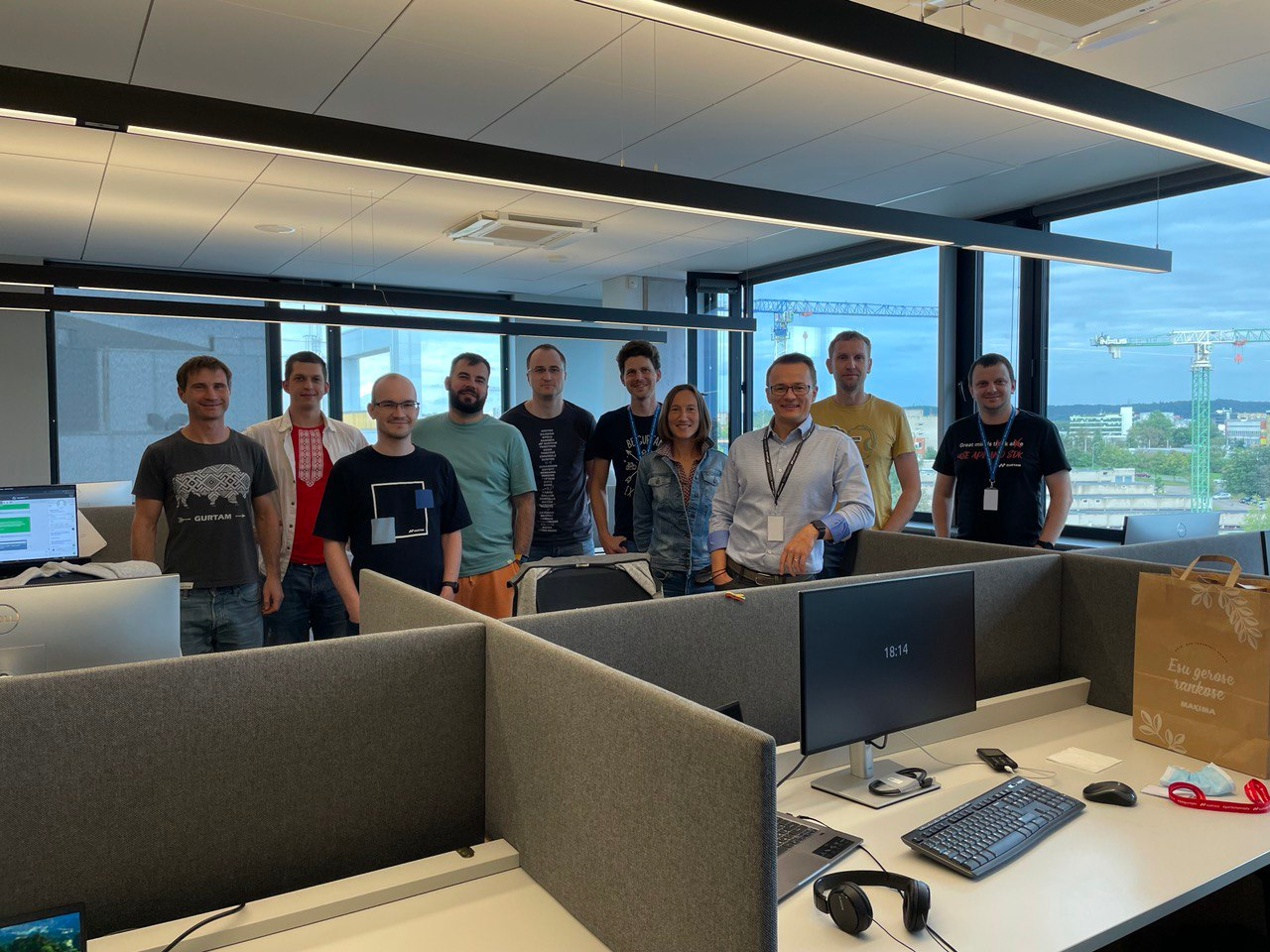Summer is over and the northern part of our planet is preparing for the global test of how effective the COVID19 vaccination is. Finally, I hope this will be a more or less normal winter season without country-wide lockdowns and travel restrictions at least in the European Union. And so far it is not that bad - seems like life is back to normal and everything is open as it should be despite growing COVID19 cases numbers.
In August Flespi showed a 100% uptime for both EU and RU regions. The only problem that popped up was an interruption in Azure IoT streams that are not covered by the automatic test system and thus not measured by our downtime detection system that occurred on August 28th. The problem affected just a few flespi users and detailed information about this incident is provided in the NOC.
Despite the peak vacation season, we released two major features which were in development for months.
- The first feature is about remote device management. As time goes I see growing demand on the market not only for gathering telemetry information from tracking units (vehicles, scooters, bikes, and other assets) but also for performing their remote control. This is much trickier to implement due to the high complexity of the operation — it took us years to find an easy-to-use API solution. Now everything is released and I’m sure our users will appreciate our efforts and start using all these remote device management options in their applications especially car, bike, and scooter-sharing platforms for which this is the most important feature in day-to-day operations.
- The second major feature, which opens the door in the world of custom-made sensors, IoT devices, and special projects, is the possibility to inject additional logic that modifies the resulting message in the channel. So far it is all about third-party devices attached to the serial port of the tracker which is using the tracker as transport to deliver their data. But in the next few months, we will release generic message processing protocols with useful algorithms like the message and parameter filtering, lookup queries to geocode and LBS databases to attach this information directly into the message, and so on. Later we will publish a dedicated article about this feature.
- Minor feature which was the reason for the Azure IoT stream outage is the possibility to activate camel-case conversion for parameter names in most stream types. This was implemented because the specific delimiter “.” which is historically used in flespi between the parts of the parameter is not convenient for some consumers who rely on the “.” character as per JSON path specification.
- For protocols that are based on MQTT Broker and HTTP server transports, we implemented the possibility to accumulate and view raw MQTT/HTTP traffic in the channel. This should simplify debugging of these protocols.
- And we also released the 4th or 5th version of our homepage. This page is mostly for newcomers, but still, such a redesign is worth mentioning in the changelog. If you are not yet sure if flespi is a good service for you, you are welcome to visit the new flespi.com which should now have an answer to this question.
And last but not least — we finally gathered the whole team for a week in Vilnius, Lithuania. Now we sit in four locations with one of them overseas and this was the first time we all met in person since the beginning of the pandemic at the beginning of 2020. We talked, talked, talked, and enjoyed the time together setting up invisible mental contact between team members to increase our productivity. It was the best week ever this year and obviously, we will repeat it again soon.
